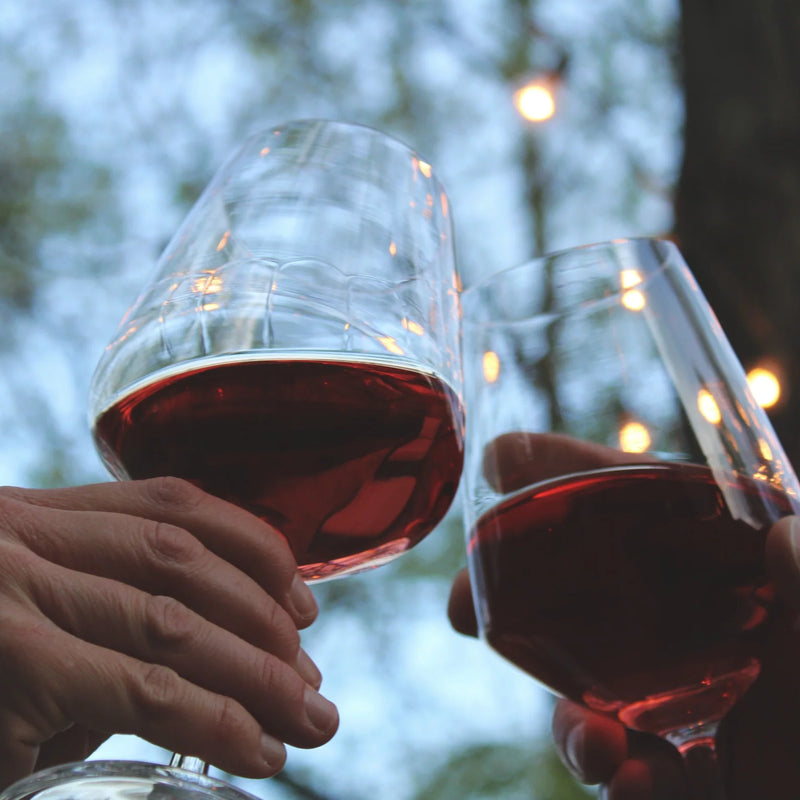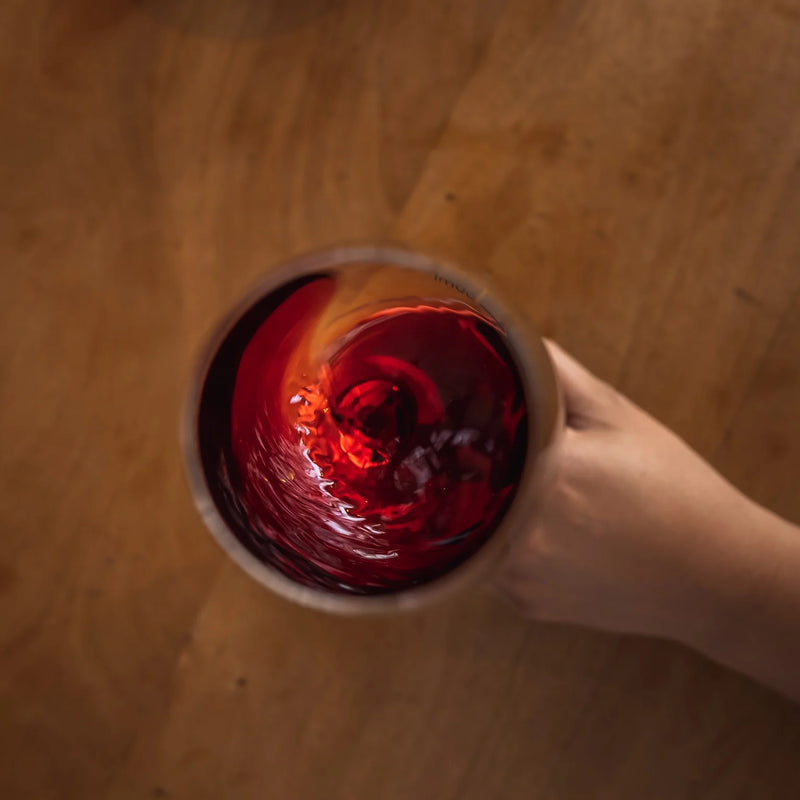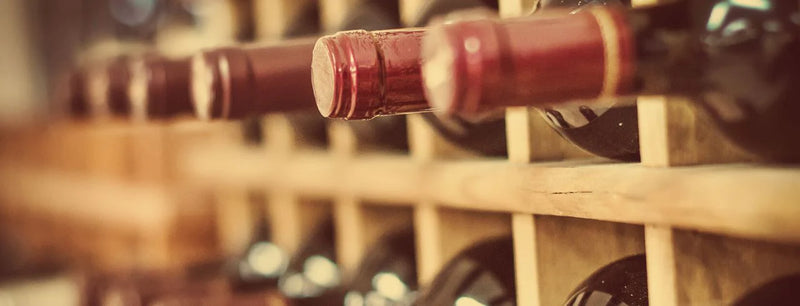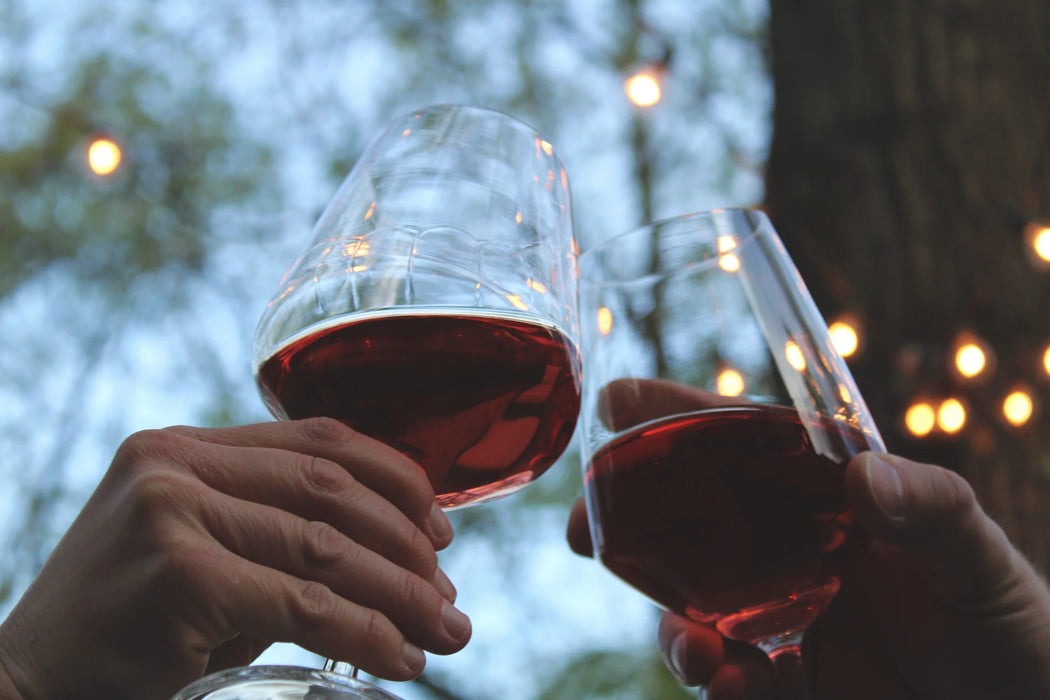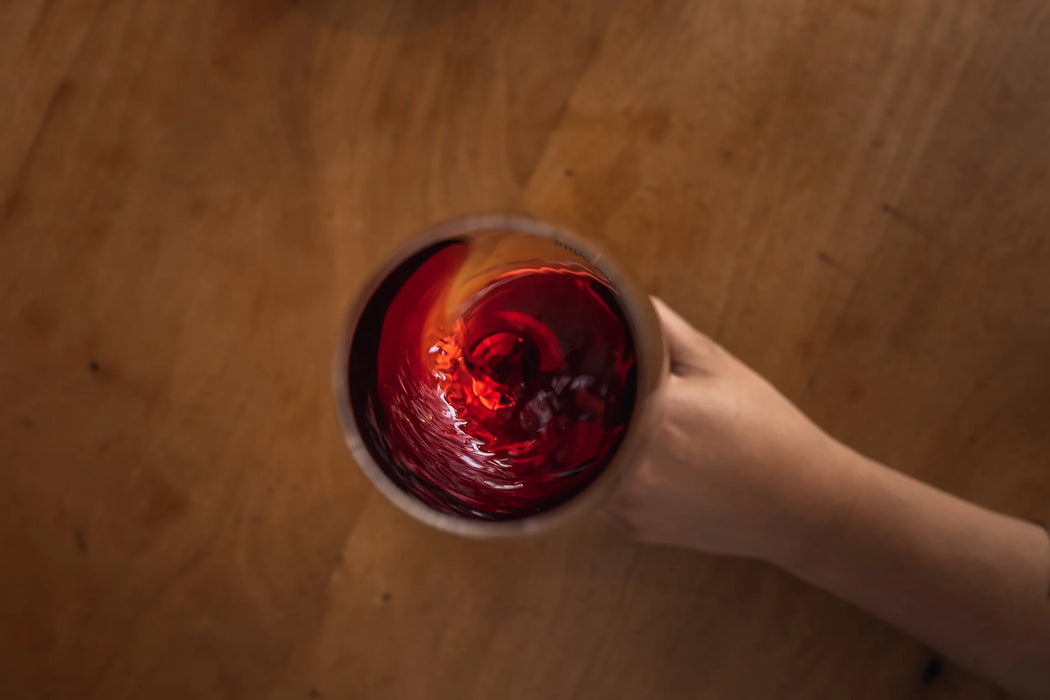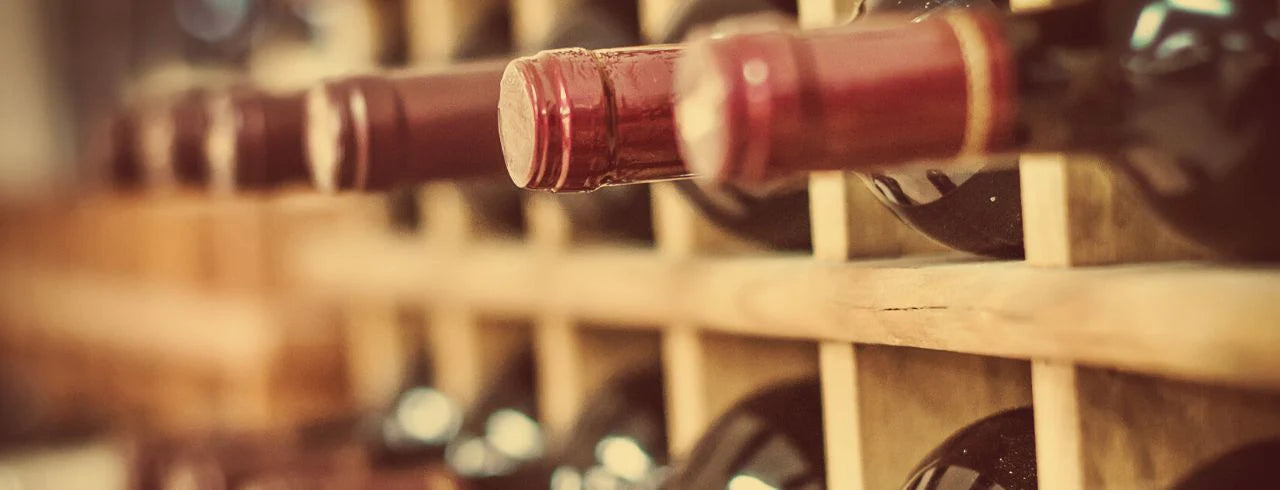
Everything You Need to Know About Non-Alcoholic Wine
At Wine Insiders, we do not question anyone who decides against drinking alcohol for any reason. Whether it be a medical, religious or lifestyle-based decision, the choice to abstain from alcohol needs no explanation.
Whenever we compare classic wine to non-alcoholic drinks in our Wine 101 Blog, our opinions and insights are neither recommendations for nor against alcohol consumption.
That being said, we often find a diverse group of people, including regular wine drinkers and those who never drink alcohol, who have a genuine interest in non-alcoholic wines.
Whether it be through clever advertising or word of mouth, vino without alcohol continues to pique the interest of a broader range of people.
But how does it compare to the standard wines you’ve grown to know and love?
Let’s analyze the production, profiles and cultural relevance of non-alcoholic vino to see how it matches up against traditional wine.
It Isn’t Always “Wine”
The term “non-alcoholic wine” seems straightforward enough, but it encompasses various production methods that vary dramatically.
The lower end of the alcohol-free wine market consists, essentially, of grape juice that is bottled before fermentation: the process that dramatically affects a wine's primary flavors, aromas, tannins, structure, etc.
It goes without saying, but these options often fail to mimic the personalities of traditional wines.
On the higher end of the market, however, you will find non-alcoholic red and white wines that do fall under a general definition of wine: fermented grape juice.
These superior options make use of a process called “dealcoholization,” in which alcohol is removed after fermentation using one of two methods:
Vacuum Distillation involves heating vino after fermentation in order to evaporate ethanol, aka drinking alcohol, from the mixture.
When done correctly, this method raises the temperature of a wine to the lowest point required to induce evaporation (~35 degrees Celsius), best preserving its flavors, aromas and structures and reducing its ABV below 0.5%.
For these reasons, many consider it the ultimate style of dealcoholization. However, it still often yields wines that taste notably different from high-quality, alcoholic vino.
The second and less desirable way of extracting alcohol from wine post-fermentation is Reverse Osmosis.
This method entails filtering fermented wine through an extremely tight filter that allows naturally tiny ethanol and water molecules to pass through into a separate container.
The resulting colorless ethanol-water mixture is then separated and distilled, removing the vast majority of its alcohol content before the winemaker adds it to the original mixture containing the wine’s color, flavors, tannins, etc.
There are a couple of potential problems with this production style:
First, it produces wine with minimized flavors, aromas, structures and textures compared to standard or even vacuum-distilled wine.
Second, it uses a lot of water and renders the extracted ethanol useless (unlike in vacuum distillation), making it environmentally unfriendly.
It seems like an awfully high price to pay -- literally and figuratively -- for a drink that cannot match the quality of standard, often less expensive wine.
It Often Offers Weaker Flavors, Aromas, Textures and Structures
While we cannot speak for all non-alcoholic wines, the ones we sample often lack the diverse range of characteristics found in standard vino.
To be clear, this relative deficiency does not exist because winemakers behind alcohol-free wines lack creativity or drive. Far from it, in fact. Many of them originated in the alcoholic wine industry and seek to offer a high-quality product to consumers who avoid alcohol.
We just believe that most non-alcoholic vino cannot fully match standard wines’ tastes, smells, structures, textures and charming personalities.
Here’s why:
Alcohol is as essential to a wine’s essence as its grapes. It holds tremendous influence over a vino’s personality, allowing it to fully express its bouquet of flavors and inviting array of aromas.
Further, ethanol molecules help provide wines with their specific structures and textures, which work together with flavor and aroma to create the optimal drinking experience.
Unfortunately, removing alcohol post-fermentation often strips a wine of these essential qualities and leads to negative consequences like muddled aromas, dulled flavors and weaker tannins.
Wine Insiders Tip: If you want to learn more about how the chemical structure of wine affects its flavors, aromas and compatibility with food, check our Guide to the Science of Food and Wine Pairings.
It’s Less Historic and Diverse Than Traditional Vino
Understandably, even the best non-alcoholic wine is neither as diverse nor historic as its alcoholic sibling.
While today’s traditional vino is over 8,000 years in the making and harmonizes many centuries’ worth of cultural influences, non-alcoholic vino is a far newer commodity.
If we ignore grape juice and focus strictly on wine with its alcohol removed after production, this up-and-coming libation only stretches back to 1869. A long time ago, indeed, but practically yesterday on the timeline of alcoholic wine.
This lack of history is not a knock on the production or consumption of non-alcoholic vino. Nor is it proof that this beverage cannot be nuanced or enjoyable.
Instead, it’s an admission that traditional wine may just be the world’s most layered, complex and studied beverage. For more detail, consider this:
Since alcoholic wine’s popularity skyrocketed in the 2nd millennium BC, its relevance in many cultures and economies led to added diversity and increased quality as competing regions and winemakers sought to increase their market share.
As you can imagine, this competition benefitted and still benefits consumers of alcoholic wine greatly.
A stronger base of experienced, reputable winemakers makes it easier to find high-quality, affordable alcoholic wine. It also spreads traditional viniculture across the world - - a significant reason for the development of New World growing regions in the United States, South Africa, Argentina, etc.
Conversely, alcohol-free wine is still in its infancy, which greatly inhibits its ability to match the cultural permanence of traditional vino. The added costs of dealcoholization can also be prohibitive, as it makes it harder for producers to create quality, alcohol-free drinks without raising prices.
Though experts project the industry to grow at a respectable rate (7% between 2019-2027), it will be impossible for these non-alcoholic options to match the remarkable history, widespread cultural impact and economic power of alcoholic vino.
Wine Insiders Tip: If the history of vino fascinates you, feel free to read our Guide to the Origins of Wine where we break down the fateful birth and remarkable evolution of this groundbreaking drink.
Wine Insiders: Your Home for Classic Wine
Now that you understand the primary differences between non-alcoholic and alcoholic wine, it’s time to explore Wine Insider’s diverse collection of fantastic varietals and blends from across the globe.
Whether you’re looking for a world-class bottle of red, white or rosé to complement a delicious meal, a sparkling option for a special celebration or even a wine set mixing international favorites, we have the wines you need at the prices you deserve.
The wide world of traditional vino is ripe for exploration, and now’s the time to begin your adventure.
Pst. For 30% off sitewide, use our promo code “WINE101” and start saving today!
